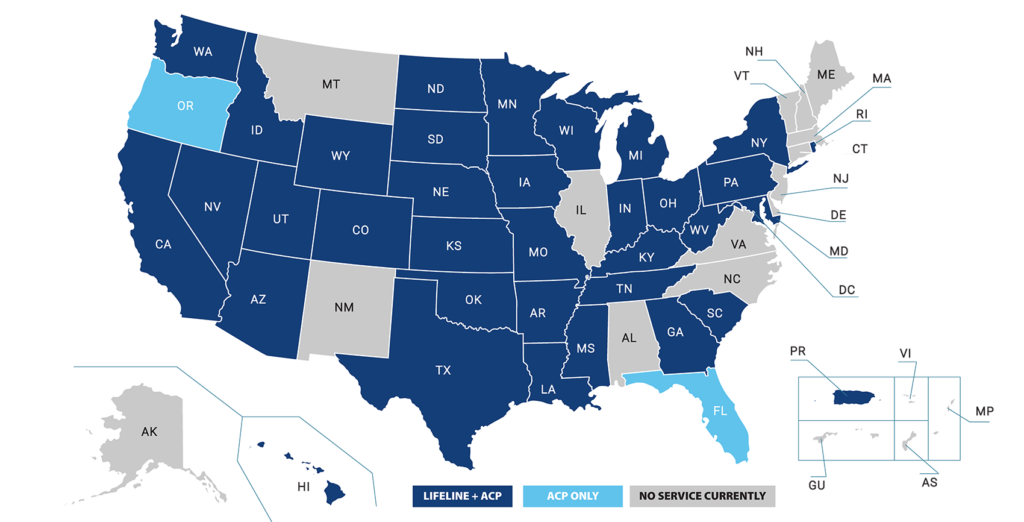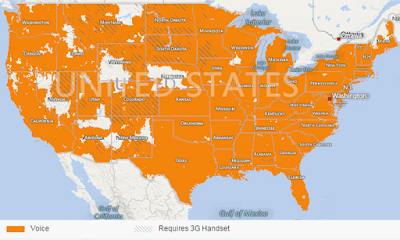In today’s digital age, networking has become an essential part of our lives. Whether it’s in our homes, offices, or public places, we are constantly connected to the internet through various devices. However, as networks grow larger and more complex, it becomes increasingly important to manage them efficiently. One way to achieve this is by using Virtual Local Area Networks (VLANs), which allow network administrators to divide a single physical network into multiple logical networks. But which IEEE standard determines how VLANs work on a network? Let’s explore this fascinating topic in more detail.
To begin with, VLANs are a powerful tool for network segmentation, allowing administrators to create logical groups of devices that can communicate with each other as though they were on the same physical network. However, this requires a certain level of standardization to ensure interoperability between different vendors’ equipment. That’s where IEEE 802.1Q comes in – it is the industry-standard protocol for VLAN tagging in Ethernet networks. It defines how VLAN tags are added to Ethernet frames, allowing switches to identify which VLAN a frame belongs to and how to handle it. In essence, 802.1Q is the backbone that makes VLANs possible, and understanding how it works is essential for anyone working with computer networks.

What is an IEEE Standard?
The Institute of Electrical and Electronics Engineers (IEEE) is an international organization that sets standards for many industries, including computing and networking. An IEEE Standard is a set of specifications and guidelines developed by the IEEE to ensure consistency and interoperability among different devices and systems.
The IEEE standards are developed by a committee of volunteers and are approved by the IEEE Board of Directors. Many of these standards have been adopted by the IT industry and have become the de facto standard for communication networks, including the Internet.
Which IEEE Standard Determines How VLANs Work on a Network?
The IEEE 802.1Q standard is the specification that defines how VLANs are implemented and operated on a network. VLANs are virtual local area networks, which are used to separate traffic between different groups of users on a single physical network.
The 802.1Q standard specifies how VLANs are configured and managed, as well as how traffic is routed between VLANs. The standard also defines the types of tags used to identify VLANs, as well as the protocols used to manage and configure VLANs.
How Does an 802.1Q Standard Work?
The 802.1Q standard defines how traffic is routed between different VLANs on a network. To do this, the standard specifies the use of VLAN tags, which are used to identify the VLANs. These tags are inserted into the Ethernet frames that are sent between devices on the network.
The 802.1Q standard also specifies the protocols that are used to manage and configure VLANs. These protocols include VLAN Trunking Protocol (VTP), which is used to manage VLANs on the network, and Virtual LAN Access Control Protocol (VACL), which is used to control access to VLANs.
How Can VLANs Be Used?
VLANs are often used to create virtual networks within a physical network. This allows organizations to separate traffic between different groups of users, such as employees, customers, or partners. This can help improve security and performance, as well as reduce costs by allowing organizations to use a single physical network for multiple purposes.
VLANs can also be used to create virtual networks between different physical locations, allowing organizations to connect multiple sites without the need for dedicated hardware or dedicated networks. This can help reduce costs and improve performance.
Frequently Asked Questions
The IEEE 802.1Q standard determines how Virtual Local Area Networks (VLANs) work on a network. VLANs allow for the segmentation of a physical LAN into multiple logical LANs for improved security, performance, and scalability.
What is the IEEE 802.1Q standard?
The IEEE 802.1Q standard is a standard published by the Institute of Electrical and Electronics Engineers (IEEE) that defines how Virtual Local Area Networks (VLANs) are to be implemented on a network. It specifies the format of VLAN tags, the rules for tagging and untagging frames, the rules for forwarding tagged frames, and the rules for managing VLANs. The standard also provides guidelines for security, performance and scalability.
What is the purpose of the IEEE 802.1Q standard?
The purpose of the IEEE 802.1Q standard is to provide a uniform method for implementing VLANs on a network. VLANs allow network administrators to segment a physical LAN into multiple logical LANs, which can be used to improve security, performance, and scalability. By providing a uniform standard for how VLANs are implemented, the IEEE 802.1Q standard ensures that inter-operability between different VLANs and different vendors is maintained.
How does the IEEE 802.1Q standard work?
The IEEE 802.1Q standard defines how VLANs are to be implemented on a network. It specifies the format of VLAN tags, the rules for tagging and untagging frames, the rules for forwarding tagged frames, and the rules for managing VLANs. The standard also provides guidelines for security, performance and scalability.
In order to implement VLANs, the IEEE 802.1Q standard defines a VLAN tag that is added to each frame sent on the network. This tag contains information about the VLAN that the frame is assigned to. The switch then uses this tag to determine which VLAN the frame belongs to and forwards the frame to the appropriate destination.
What are the benefits of using the IEEE 802.1Q standard?
The IEEE 802.1Q standard provides a number of benefits for networks that use VLANs. By providing a uniform standard for how VLANs are implemented, the IEEE 802.1Q standard ensures that inter-operability between different VLANs and different vendors is maintained. It also provides guidelines for improved security, performance, and scalability. Finally, it allows network administrators to easily segment their networks into multiple logical LANs, which can be used to improve network performance and security.
VLAN Explained
In conclusion, the IEEE 802.1Q standard is the backbone of how VLANs operate on a network. It defines how VLANs are created, identified, and maintained, making it an essential standard for network administrators to understand. The standard also ensures interoperability between different vendors’ equipment, allowing for seamless integration of VLANs across different network devices.
Understanding the IEEE 802.1Q standard is crucial for network administrators looking to implement VLANs on their network. By following this standard, they can optimize network traffic, improve network security, and simplify network management. As technology continues to evolve, it is essential to stay up-to-date with industry standards, such as the IEEE 802.1Q, to ensure network efficiency and security.



